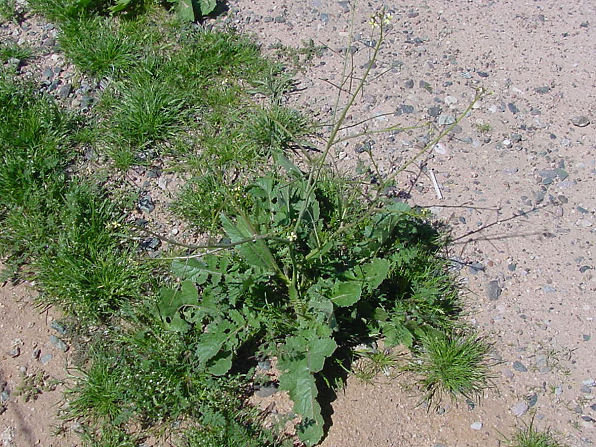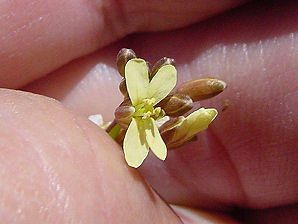Arizona Wild Flowers
Pictures, Photos, Images
Descriptions, Information, Reviews.
Sahara Mustard, Brassica tournefortii.
We Are Proud Of Our SafeSurf Rating!
Click On Any Of The Following Links By Amazon.Com
For Books, & Videos About Wildflowers Of Arizona & The Southwest USA. No Obligation!
 |
| Sahara Mustard, Brassica tournefortii. |
|---|
 |  |
| Brassica, (Brassica tournefortii) Sahara Mustard Not Native. | Brassica, (Brassica tournefortii) Known Invasive Plant. |
|---|
Sahara Mustard.
We wish to thank Wikipedia, the free encyclopedia for some of the information on this page. We share images and information with Wikipedia. Sahara Mustard is native to many areas of the Old World from north Africa and from the Middle East east to southern Europe and Pakistan. It is probably the most dangerous invasive weed that has entered the United States. Sahara mustard is taking over the Desert Southwest at low and mid elevations from southeastern California to southern Nevada and South into the states of Baja California and Sonora. It favors sandy, disturbed soils at low elevations, but its range is expanding rapidly into undisturbed soils including rocky hillsides in Arizona Upland.
Quick Notes:
Height: Up to about 36 inches. Spreading out to about 24 inches wide.
Flowers: Flowers occur in a cluster on top of long green stem. They are yellow to about 1/8" long with 4 petals.
Flower Stalk: The flower stalk is about 18" - 30" long, smooth, and dark green.
Flowering Time: Mid December - May.
Seed Pods: Up to 2" long, slender, seed pods.
Leaves: The basal rosette of divided hairy leaves can span three feet.
Found: Native to the deserts of North Africa and the Middle East.
Hardiness:
Soil pH requirements:
Sun Exposure:
Elevation: 0 - 2,600 Feet.
Habitat: Alkaline, well-drained/light soils. Washes in the desert environs, Irrigated fields, moist fallow fields, roadsides. Found throughout lower elevations in Arizona.
Miscellaneous: Flowering Photos Taken March 21, 2003. Glendale, Arizona.
|
We Are Proud Of Our SafeSurf Rating!
Click On Any Of The Following Links By Amazon.Com
For Books, & Videos About Wildlife Of Arizona & The Southwest USA. No Obligation!
| © 1966 - Present, Audrey, Eve, & George DeLange |
